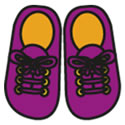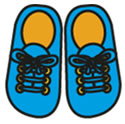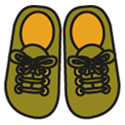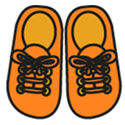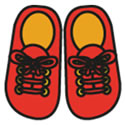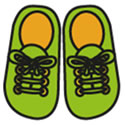What is unitising, and why is it important?
This article follows the concept of unitising through Years 1-6, also demonstrating effective curriculum sequencing
06/11/2019
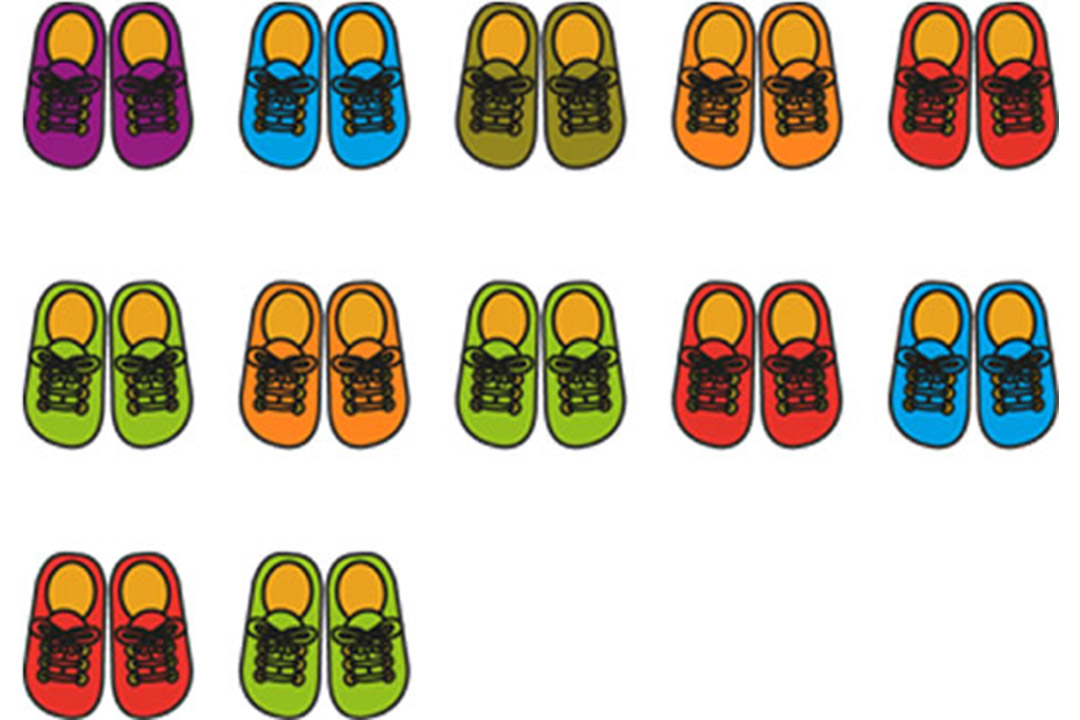
How can you quickly work out the number of eggs contained in a stack of egg boxes? How would you calculate the total amount of money in a pile of 50p pieces? You'd probably count the boxes, or the coins, and then do a multiplication.
The mathematical term for counting the egg boxes (rather than opening the boxes and counting individual eggs) is ‘unitising’. This means treating groups that contain, or represent, the same numbers of things as ‘units’ or ‘ones’.
Being able to ‘unitise’ is fundamental in handling money and in understanding place value. It forms a thread of understanding throughout further development of multiplication and division concepts. It allows children to move from additive to multiplicative thinking.
This article demonstrates how the concept of unitising can be coherently sequenced through a primary maths curriculum. It exemplifies how new knowledge is built on solid prior understanding from Year 1 to Year 6. We use examples from the Primary Mastery Professional Development Materials, to help you get a feel for the materials and see how they might help your school. In the materials themselves, each teaching idea is presented with associated professional development prompts, to help strengthen teachers’ subject and pedagogical knowledge.
Click the shoes icon for each year group to see a related extract from the materials
Year 1
In Year 1, unitising first crops up right at the start of the section on multiplication and division (we call the section a spine).
Here, the idea of unitising is used to build familiarity with counters representing 1, 2, 5 and 10 (pre-money tokens) before handling real coins. Establishing concepts of unitising helps children avoid being confused by the relative size, shape and colour of coins rather than their value.
Year 2
In Year 2, pupils’ familiarity with units of two is extended to learning to ‘skip count’ in 2s (and then 5s, and 10s), using various different representations, as a beginning to learning the 2, 5 and 10 times tables.
Year 3
In Year 3, pupils’ understanding of units of two, and the 2 times table, is built upon by introducing the 4 times table, then the 8 times table, and looking at the relationships between them.
Year 4
In Year 4, understanding the unitising of 2-digit numbers into 10s and 1s is used to introduce the short division algorithm.
Year 5
In Year 5, the concept of unitising is again drawn upon when children begin to multiply decimals. Their deep understanding of times tables is also used.
Year 6
In Year 6, division by 2-digit numbers is introduced, retaining a strong emphasis on understanding the structure of the mathematics so children can see why an algorithm works.
You may also like to look at the overview of Spine 2, from Years 1-6, to understand where unitising fits with other concepts of multiplication and division.
Interested in further information on curriculum sequencing?
How is your school’s maths curriculum sequenced? Are concepts developed coherently from Year 1 to Year 6, ensuring that the necessary prior learning is in place? Curriculum sequencing (ensuring that concepts are taught in a coherent order) is an important tenet of the new Ofsted education inspection framework:
The resources and materials that teachers select… clearly support the intent of a coherently planned curriculum, sequenced towards cumulatively sufficient knowledge and skills for future learning and employment (p10)
To assist schools in planning a coherent curriculum, we have produced the Cross-spine segment sequencing document, referenced to the NCETM Primary Mastery Professional Development Materials. In this document, it is possible to see how the concept of ‘unitising’ is built and then built upon, but it is also possible to see how other concepts thread coherently through the learning.
The materials are increasingly being used by teachers, and groups of teachers, in planning and wider curriculum discussions. Many of these teachers are participating, with their Maths Hub, in the Teaching for Mastery Programme. In a series of short interviews, they explain how they see the materials’ strengths.
